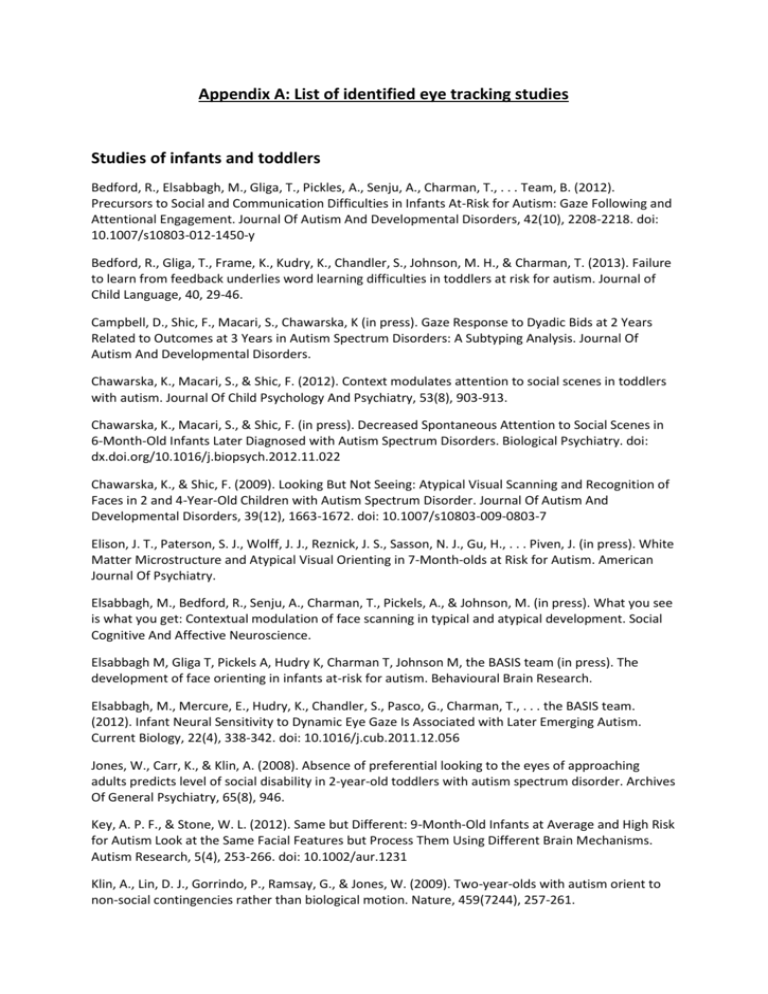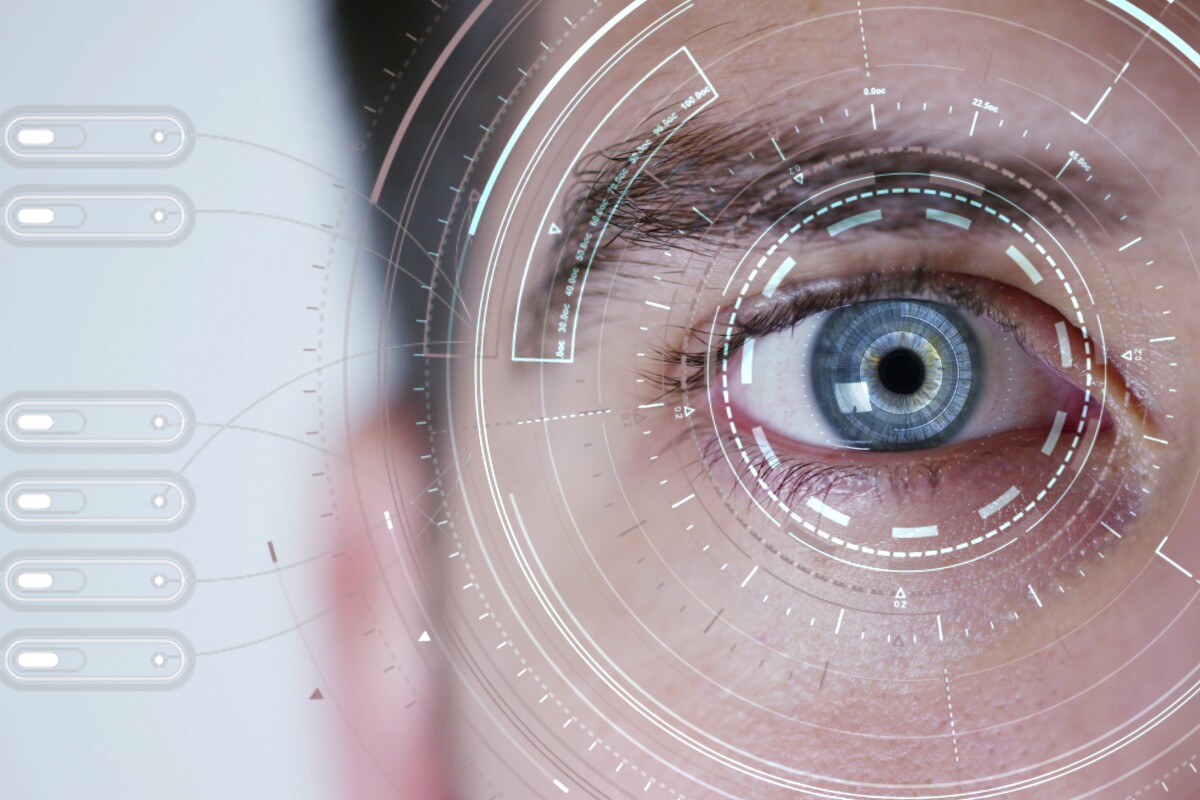



Thus, eye movements offer a direct way to measure overt spatial attention, and have been considered by some to provide a window into the brain and mind 9, 10. The human eye moves 3–4 times per second on average, pausing to sample information from those important scene regions 6, 7, 8. Selective attention is the mechanism by which our brain selects and focuses on a few important scene regions for cognitive and visual processing (see refs. Our results show the potential for scaling eye movement research by orders-of-magnitude to thousands of participants (with explicit consent), enabling advances in vision research, accessibility and healthcare.Īs we move through rich and complex environments in our everyday life, the retina is bombarded with vast amounts of visual information of ~10 10 bits/s 1, 2. In addition, we demonstrate the utility of smartphone-based gaze for detecting reading comprehension difficulty. Using data from over 100 opted-in users, we replicate key findings from previous eye movement research on oculomotor tasks and saliency analyses during natural image viewing. We show that the accuracy of our method is comparable to state-of-the-art mobile eye trackers that are 100x more expensive. We leverage machine learning to demonstrate accurate smartphone-based eye tracking without any additional hardware. Little is known about eye movement behavior on phones, despite their pervasiveness and large amount of time spent. However, most prior research has focused on large desktop displays using specialized eye trackers that are expensive and cannot scale. Eye tracking has been widely used for decades in vision research, language and usability.


 0 kommentar(er)
0 kommentar(er)
